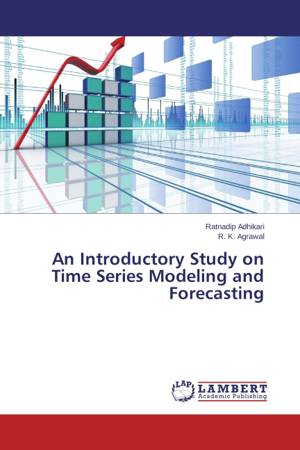
- Afhalen na 1 uur in een winkel met voorraad
- Gratis thuislevering in België vanaf € 30
- Ruim aanbod met 7 miljoen producten
- Afhalen na 1 uur in een winkel met voorraad
- Gratis thuislevering in België vanaf € 30
- Ruim aanbod met 7 miljoen producten
Zoeken
An Introductory Study on Time Series Modeling and Forecasting
Ratnadip Adhikari, R. K. Agrawal
Paperback | Engels
€ 56,95
+ 113 punten
Omschrijving
Modeling and forecasting of time series data has fundamental importance in various practical domains. The aim of this book is to present a concise description of some popular time series forecasting models with their salient features. Three important classes of time series models, viz. stochastic, neural networks and support vector machines are studied together with their inherent forecasting strengths and weaknesses. The book also meticulously discusses about several basic issues related to time series analysis, such as stationarity, parsimony, overfitting, etc. Our study is enriched by presenting the empirical forecasting results, conducted on six real-world time series datasets. Five performance measures are used to evaluate the forecasting accuracies of different models as well as to compare the models. For each of the six time series datasets, we further show the obtained forecast diagram which graphically depicts the closeness between the original and predicted observations.
Specificaties
Betrokkenen
- Auteur(s):
- Uitgeverij:
Inhoud
- Aantal bladzijden:
- 76
- Taal:
- Engels
Eigenschappen
- Productcode (EAN):
- 9783659335082
- Verschijningsdatum:
- 29/01/2013
- Uitvoering:
- Paperback
- Afmetingen:
- 150 mm x 220 mm
- Gewicht:
- 132 g

Alleen bij Standaard Boekhandel
+ 113 punten op je klantenkaart van Standaard Boekhandel
Beoordelingen
We publiceren alleen reviews die voldoen aan de voorwaarden voor reviews. Bekijk onze voorwaarden voor reviews.








